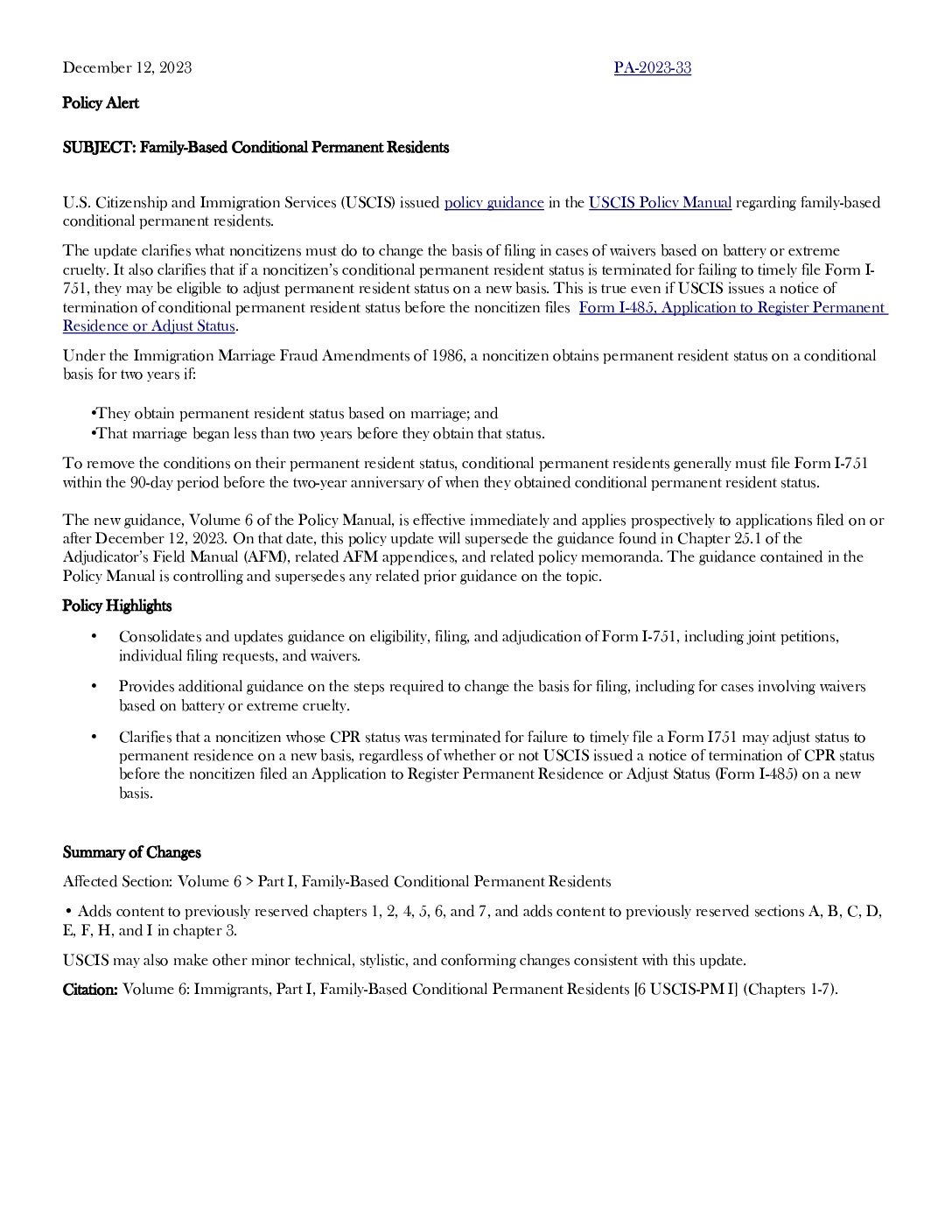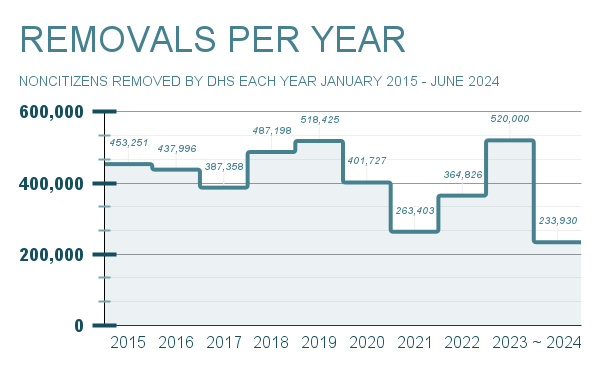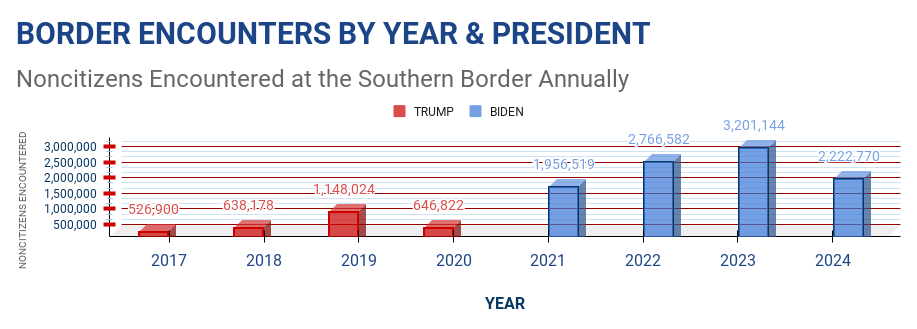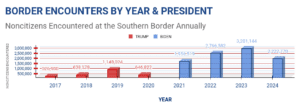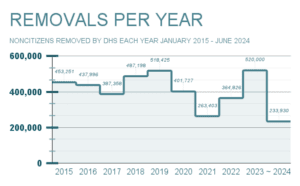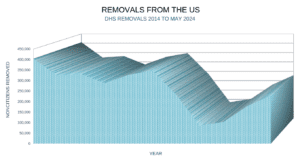Seeking Asylum in the US Based on Membership in a Particular Social Group
The United States offers asylum to individuals who have suffered persecution or have a well-founded fear of persecution in their home country only if the past persecution or future persecution that they fear is based on their race, religion, nationality, political opinion, or membership in a particular social group. While the first four categories are defined terms most people are familiar with, particular social group is less so. Here we will discuss seeking asylum based on that final category, membership in a particular social group, a complex and often misunderstood aspect of asylum law.
Defining “Particular Social Group”
The term “particular social group” (PSG) is not explicitly defined in U.S. immigration law, leading to varied interpretations by asylum officers and immigration judges. However, a PSG is generally understood as a group of people who share a common immutable characteristic that is so fundamental to their identities that they cannot or should not be expected to change it. This characteristic might be something innate, like gender or sexual orientation, or it could be based on a shared past experience, such as former gang membership or military service.
The Board of Immigration Appeals (BIA) has further refined the definition of a PSG by adding the requirements of “social visibility” and “particularity.” Social visibility means that the PSG is perceived as a group within society, while particularity requires that the group has distinct boundaries, making it possible to determine who is a member. These additions are relevant to asylum seekers as they provide a clearer framework for establishing a cognizable social group.
A landmark case in defining particular social groups is Matter of Acosta. In this case, the BIA held that a PSG must share common immutable and/or fundamental traits, such as sex, color, kinship ties, or shared past experiences like former military leadership or land ownership. This case set a precedent for asylum claims based on PSG and established the importance of immutability and social distinction in defining a PSG.
A PSG must also be:
- Socially distinct: The group must be perceived as a distinct group within the society in question.
- Defined with particularity: The group must have clear boundaries so that decision-makers can determine who is a member.
It’s important to highlight that membership in a PSG does not need to be voluntary, and members of the group do not need to know each other. This clarifies a common misconception about PSGs and broadens the scope of who might be eligible for asylum based on this ground.
Broadly speaking, a PSG is typically composed of people who share similar backgrounds, social status, lineage, experiences, or habits. There is no size requirement for a PSG, but extremely small or large groups may face challenges in meeting the criteria.
Recognized Social Groups
To qualify for asylum, applicants must establish that they fear persecution based on one of five enumerated grounds, including membership in a “particular social group.” A social group is broadly based on similar backgrounds, social statuses, lineages, habits, and experiences. While the definition of a PSG is subject to interpretation, the U.S. government has recognized various social groups as potential grounds for asylum. These include:
- Tribes or ethnic groups
- Social classes (e.g., educated elites)
- Family members of dissidents
- Occupational groups
- LGBTI persons or those perceived as such
- Child soldiers
- Members or former members of the police or military
- Disabled persons
- Women facing gender-based persecution
It’s important to note that even if an individual is mistakenly perceived as a member of a PSG and persecuted because of that, they may still be eligible to claim asylum.
Process for Applying for Asylum
There are three ways a person may apply for asylum in the United States: affirmatively, defensively, and through a new process established in 2022 known as the Asylum Processing Rule.
Affirmative Asylum: This process is for individuals who are not in removal proceedings. To apply, you must be physically present in the United States and file Form I-589, Application for Asylum and for Withholding of Removal, within one year of your arrival. There are some exceptions to the one-year filing deadline.
Defensive Asylum: This process is for individuals who are in removal proceedings. You would apply for asylum as a defense against deportation.
Asylum Processing Rule: This new rule provides an expedited process for some individuals arriving at the border. It combines elements of both affirmative and defensive asylum processes.
To be eligible for asylum, you must meet the definition of a refugee under the Immigration and Naturalization Act. This means having a fear of persecution due to your race, religion, nationality, political opinion, or membership in a particular social group.
In all three processes, you will need to prove that you meet the definition of a refugee, meaning you have suffered past persecution or have a well-founded fear of future persecution based on one of the five protected grounds, including membership in a PSG. According to the U.S. Code, a refugee is someone who has suffered persecution in the past or has a well-founded fear of persecution in the future on account of race, religion, nationality, membership in a particular social group, or political opinion.
To establish a well-founded fear of persecution, you must demonstrate that:
- You have a fear of persecution in your home country on account of one of the five protected grounds.
- There is a reasonable possibility of suffering such persecution if you were to return to that country.
Evidence Required to Support an Asylum Claim
The burden of proof is on the applicant to establish that they are a refugee. This means asylum seekers must provide sufficient evidence to support their claim and demonstrate the legitimacy of their fear of persecution. To support your asylum claim based on membership in a PSG, you will need to provide evidence demonstrating that:
- You are a member of a PSG: This involves providing evidence that you share a common immutable characteristic with others in the group, that the group is socially distinct within your society, and that the group is defined with particularity. You may need to provide evidence of your membership in the group, such as identity documents, testimonies from other members, or expert opinions.
- You have suffered persecution or have a well-founded fear of persecution: Persecution is defined as serious harm or the threat of serious harm, which can include physical violence, torture, imprisonment, or severe economic deprivation. You can provide evidence of past persecution through personal testimony, medical records, police reports, or country condition reports documenting a pattern of persecution against your social group. To demonstrate a well-founded fear of future persecution, you need to show that there is a reasonable possibility of suffering persecution if you were to return to your home country. This can be supported by evidence of ongoing persecution against your social group, threats you have received, or your personal circumstances that make you particularly vulnerable to persecution.
- The persecution was “on account of” your membership in the PSG: This means establishing a causal link between your membership in the PSG and the persecution you suffered or fear. You need to demonstrate that the persecutor was motivated to harm you because of your membership in the social group. This can be challenging to prove, but evidence such as the persecutor’s statements, discriminatory laws or policies targeting your group, or a pattern of persecution against members of your group can help establish this connection.
This evidence may include:
- Your personal testimony
- Affidavits from witnesses or experts
- Country condition reports
- Medical records
- Police reports
- News articles
- Other documentation that supports your claim
It’s crucial to gather as much evidence as possible to corroborate your claim and demonstrate the legitimacy of your fear of persecution.
Legal Resources and Organizations
Several organizations provide legal assistance and resources to asylum seekers in the United States. These include:
- Refugee Council USA (RCUSA): A coalition of nonprofit organizations that advocate for refugee rights.
- UNHCR: The UN Refugee Agency provides resources and guidance on asylum claims.
- Asylum Advocacy: Offers resources and a community for asylum seekers.
- HIAS: Provides legal and humanitarian assistance to refugees and asylum seekers.
- International Rescue Committee (IRC): Offers support to refugees in the U.S., including resettlement assistance.
- Office of Refugee Resettlement (ORR): This office within the U.S. Department of Health and Human Services provides benefits and services to asylees, such as cash assistance, health insurance, and food assistance.
These organizations can provide valuable information, legal representation, and support throughout the asylum process.
Conclusion
Seeking asylum in the United States based on membership in a particular social group can be a complex and challenging process, especially in light of recent rulings and changes in asylum law that have made it more difficult for some applicants to qualify. This is why you absolutely shouldn’t try to apply on your own without consulting a qualified immigration lawyer.
Understanding the definition of a PSG, the required evidence, and the available resources is crucial for a successful claim. The burden of proof rests on the applicant, meaning asylum seekers must provide sufficient evidence to support their claim and demonstrate a well-founded fear of persecution. Given the complexities and evolving legal landscape surrounding asylum claims based on membership in a particular social group, it is highly recommended to seek legal assistance from an experienced immigration attorney to navigate this process effectively.
The statistics show that applicants who have a lawyer are significantly more likely to be granted asylum than those who attempt pro se (without legal representation).




